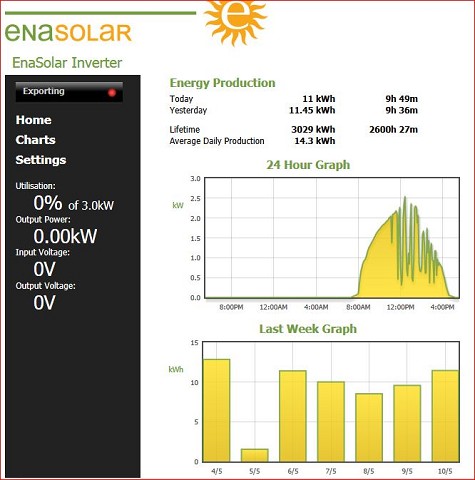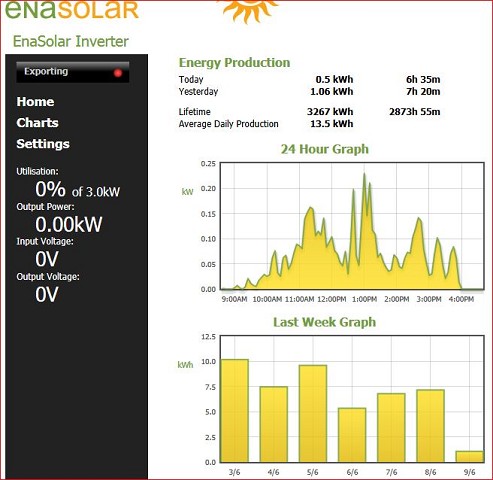If you have an electric hot water cylinder and PV it makes sense to have some kind of accommodation for the element to draw more of its power from the panels as it will take up 30 to 40% of electricity usage. This thread talks about timers
http://forums.whirlpool.net.au/forum-replies.cfm?t=2235707
Replacement elements are cheap at less than $20 for a 2kW. A large system may work well enough for a 3kW element on a timer to draw from panels.
There are dedicated intelligent controllers to have a cylinder make use of PV production where possible instead of mains power
http://www.diykyoto.com/au/aboutus/optimmersion
But this is expensive product compared with a cheap timer. I don't know if there is anybody in NZ importing and installing this kind of technology.
If you install a timer you need to make sure your cylinder is reaching 60'C daily to prevent bacteria growth. A 2kW element heats 1 litre of water by 1'C in 2.1 seconds. So with a 2kW element in a 250 litre cylinder would take 8 hours to heat 5'C water to 60'C, or heat by over 40'C during the six peak production hours that Porboynz's 3kWp PV system produces over 2kW. Setting the thermostat higher such as to 85'C in cylinders that support high temperatures would help keep ahead in some situations.
I think a timer setup is only going to work if you're not a heavy hot water user and have a large tank or at least one that lets you optimise the thermostat above the default 60/65'C. An insulation wrap would help if the intention is to store solar produced heat.
How long will it take for 5kWp systems to go down to $8000?
The overcharging going on for solar thermal systems is severe. One retailer is selling a solar thermal equipment kitset for $6660 more than an online seller is selling a better kit for. The technology makes sense but not the prices being charged for it here.
Now the pump shuts off at 85 degrees and the safety valve on the panels opens to vent super hot water which is quickly replaced by cooler water and the valve shuts off by itself and the cycle repeats.
If that happens several times daily won't it wear the valve out?



